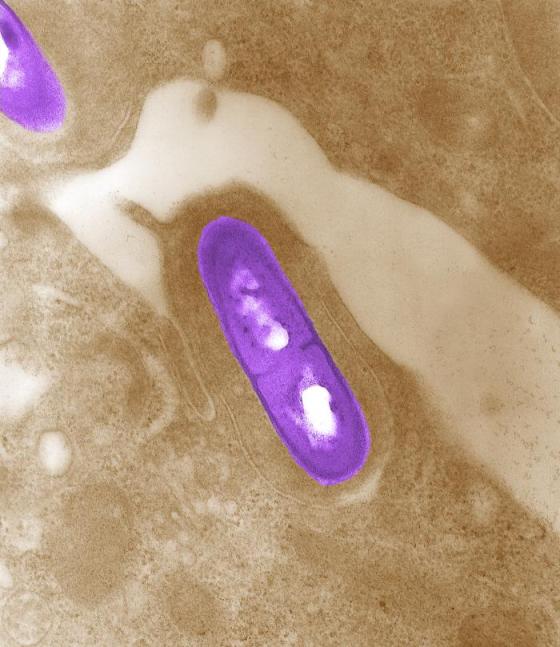Listeriosis: prevention tips, symptoms, diagnosis and treatment.
Listeriosis outbreak: FDA recalls Jansen Farms cantaloupe.
As FDA pulled cantaloupes from the shelves due to possible health risk, many of consumers may be left with questions about listeriosis, here are some facts from the U.S. Centers for Disease Control and Prevention (CDC) website. The listeriosis cases have been reported in five states in U.S.
What Is Listeriosis?
Listeriosis is a serious infection caused by eating food contaminated with the bacterium Listeria monocytogenes. It primarily affects older adults, pregnant women, newborns and adults with weakened immune systems. Rarely, persons without these risk factors can be infected.
What Are the Symptoms of Listeriosis? How Is It Diagnosed and Treated?
A person with the infection usually has a fever, muscle aches, headache, stiff neck, confusion, loss of balance and convulsions often preceded by diarrhea or other gastrointestinal symptoms. Pregnant women typically experience flulike illness but infections during pregnancy can lead to miscarriage, stillbirth, premature delivery or infections in the newborn.
The CDC says that an estimated 1,600 people become seriously ill with listeriosis every year and of these people, 260 die. A blood or spinal fluid test to look for the bacteria is used to diagnose the infection. Antibiotics given promptly can cure the illness and prevent infection in the fetus. Even with treatment, some infections can lead to death especially in at-risk adults.
How Do People Get Listeriosis?
Listeria is found in soil, water and foods of animal origin. Listeria bacteria can live in a food processing factory for years. It’s been found in uncooked meats and vegetables; soft cheeses; processed meats like hot dogs and deli meat; and smoked seafood. Unpasteurized raw milk and cheeses are likely to contain the bacterium as well.
You get listeriosis by eating food contaminated with Listeria. Babies can be born with listeriosis if their mothers ate food contaminated with Listeria during pregnancy. Unlike most bacteria, Listeria can grow and multiply in some food in the refrigerator.
CDC Tips to Prevent Listeriosis:
• If you’re considered at risk, avoid high-risk foods and handling food properly.
• Thoroughly cook raw food from animal sources, such as beef, pork or poultry to a safe internal temperature.
• Rinse raw vegetables thorougly under running water before eating.
• Keep uncooked meats and poultry separate from vegetables and from cooked foods and ready-to-eat foods.
• Do not drink raw and unpasteurized milk and do not eat foods that have unpasteurized milk in them.
• Wash hands, utensils, countertops and cutting boards after handling and preparing uncooked foods.
• Consume perishable and ready-to-eat foods as soon as possible.
• Be aware that Listeria can grow in foods in the refrigerator.
• Clean up spills in your refrigerator right away.
• Clean the inside walls and shelves of your refrigerator with hot water and liquid soap and then rinse.
• Divide leftovers into shallow containers for fast, even cooling.

